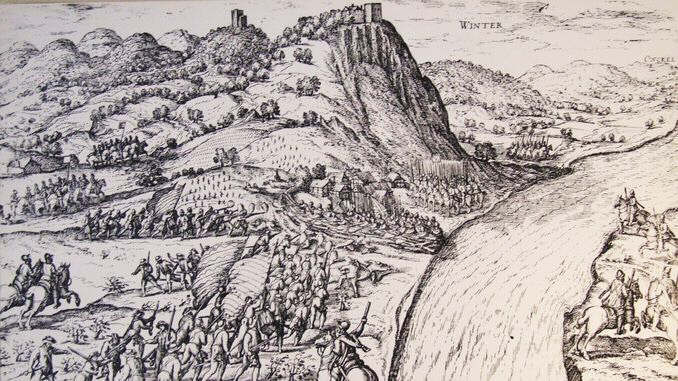
Lutherans, Calvinists, Anabaptists
The Rhineland around 1530, the time of the Protestant Reformation. Although the Rhineland remained Catholic, there were Lutheran, Anabaptist and Calvinist congregations.

The Rhineland around 1530, the time of the Protestant Reformation. Although the Rhineland remained Catholic, there were Lutheran, Anabaptist and Calvinist congregations.
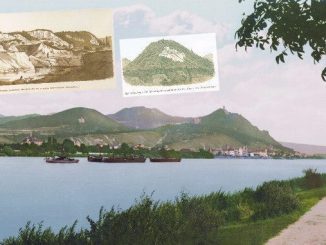
For centuries, trachyte, latite and basalt have been mined for in the Siebengebirge. The quarries almost destroyed our region. Hardly anything has remained of Mount Stenzelberg, which today is an abandoned quarry. The same goes for Mount Weilberg, an abandoned quarry and natural monument. Trachyte from Mount Drachenfels Already the Romans mined for trachyte at Mount Drachenfels. In Bonn and […]
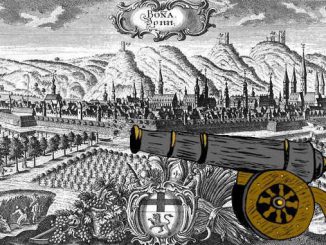
Both rulers in the Rhineland, the Duke of Berg and as the Prince-Elector of Cologne, were drawn into the European wars of succession. Holy Roman Empire, at the end of the 17th century. After the Thirty Years’ War, large parts of Central Europe lay in ashes.
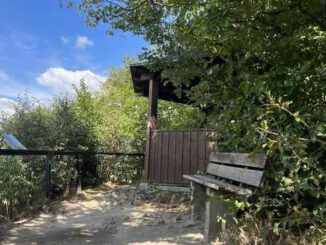
Climbing Mount Geisberg in the Siebengebirge is worth your efforts, the view of the Ölberg and the Rhine rewards you.

Here were are in the Nature Park Siebengebirge, one of Germany’s oldest nature reserves. Do you hear the birds sing? Hikers enjoy the varied landscape, and a flora and fauna with many species. Flora and fauna Besides the donkeys at Mount Drachenfels, the fire salamander is one of the “landmarks” of the Siebengebirge. If you are lucky, you may hear a […]
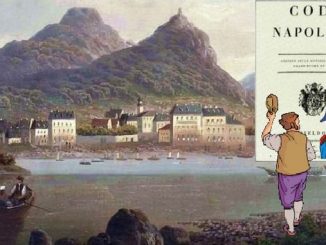
This time has shaped our region, back then the Grand Duchy of Berg, and Napoleon’s laws lasted long beyond his reign. In the Rhineland, the Napoleonic Code was in use until the introduction of the Bürgerliches Gesetzbuch (civil code of Germany) in 1900.
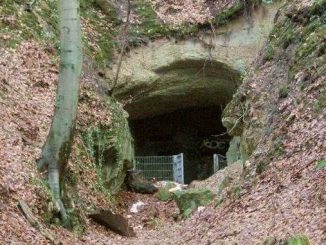
The Ofenkaulen are a tunnel system, former underground tuff quarries in the Siebengebirge. Today, they are a winter quarters for bats. When you are halfway up the L 331 motorway that leads from Königswinter to Ittenbach you see the driveway to Mount Petersberg on your left side and a bus station on your right side.
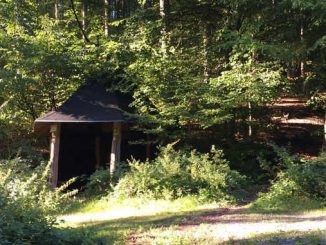
If you walk on the Rheinsteig hiking trail, the routes from Petersberg to Geisberg takes you through Mirbesbach Valley, Siebengebirge. On the way from Mount Petersberg you cross the pedestrian bridge over the L331 country road and then climb onto Mount Geisberg.
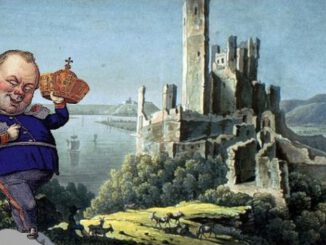
After the Congress of Vienna, the Rhinelanders became Prussian Rhineland citizens, subjects of the Prussian kings and emperors in Berlin. The Prussians on the Rhine? What business did they have here?
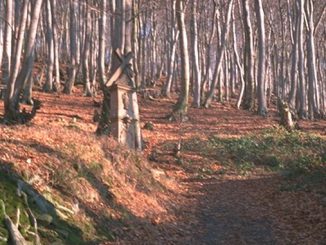
The German word “Bittweg” translates as procession way. For centuries, the chapel on Mount Petersberg has been a place of pilgrimage. So, the locals and pilgrims walked up here on church holidays, praying all along the way. Hence the name “Petersberger Bittweg”.
Copyright © 2025 | MH Magazine WordPress Theme by MH Themes